It’s not a secret that owning and operating a modern ambulance can get very expensive.
EMS agencies continue to face the challenge of keeping costs down when managing an individual unit or an entire ambulance fleet.
A single emergency vehicle could cost anywhere between $120,000 and $325,000, so it’s imperative to know what you can do to save money when shopping around. It is also important to know how to keep costs down after your initial purchase.
Here are 7 things to consider when trying to save money on your next ambulance:
1. Service & Maintenance
You demand a lot from your vehicles, so it’s important to keep them well-serviced.
A well-serviced and maintained ambulance fleet will last considerably longer and save a ton of money in the long run. If you don’t invest in maintenance early on, then you’ll surely pay for it later.
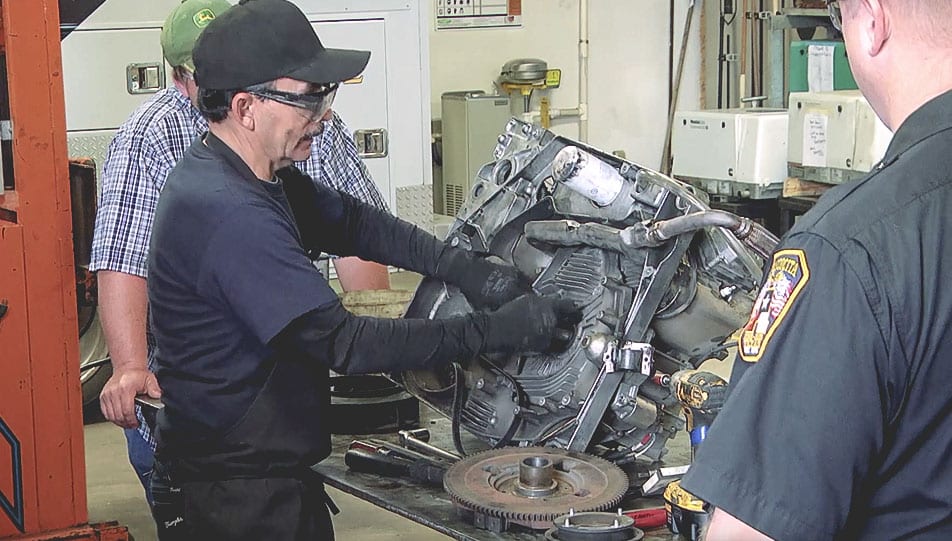
Choosing a builder that is known for both durability and serviceability will lead to successful maintenance programs that cost less money. When looking for a builder, consider their ability to service your entire vehicle, including the chassis. Choose a partner that has established service centers near you and offers FREE training to your team. Otherwise you may see costs rise quickly.
If your EMS agency opts to buy Factory Direct, you may see reductions anywhere from 40 to 60 percent in overall fleet maintenance costs.
2. Premium Equipment
When you spec a new ambulance, you may encounter dealer networks that try to overcharge or upsell equipment that you may not need. Dealers often work on commission, so trying to sell you higher-priced options means more money in their pockets.
Make sure your salesperson is more concerned about your agency’s success and sustainability than they are with the size of their commission check.
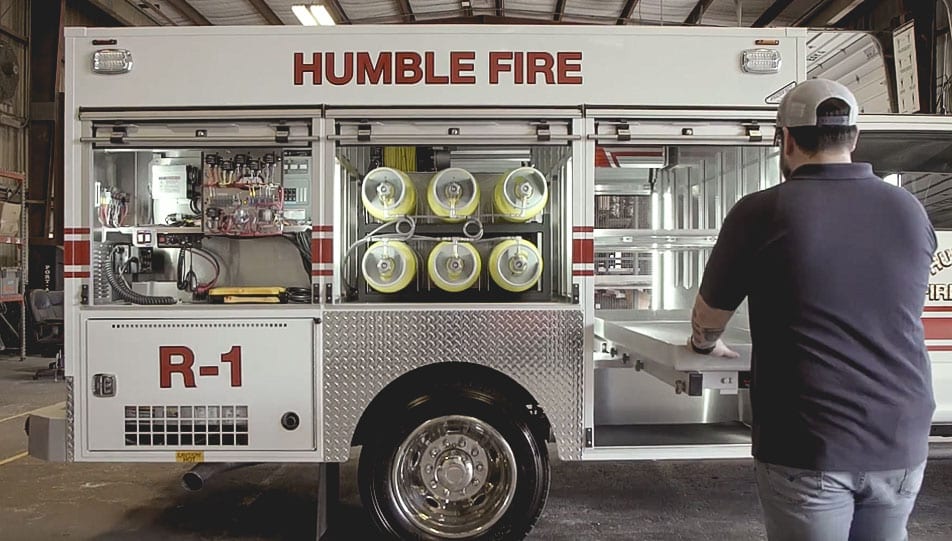
Choose a builder that works at building a long-lasting relationship with you. One that understands your service, your community and your goals.
Work with a company that has a long history of incorporating popular features as STANDARD and not as expensive add-ons. This will save you a lot of money when it comes time to spec your next unit.
Does your EMS vehicle provider offer a discount for choosing standard options? If so, then this may be a great way to keep your costs down. It may also make the spec process a lot less painful for you and your committee.
When you have a trusted partner that puts your needs first and works hard at solving your problems, it can make all the difference in the world.
3. Ambulance Down Time
Having a unit break down can be a nightmare, especially when it’s essential to get it back on the road quickly.
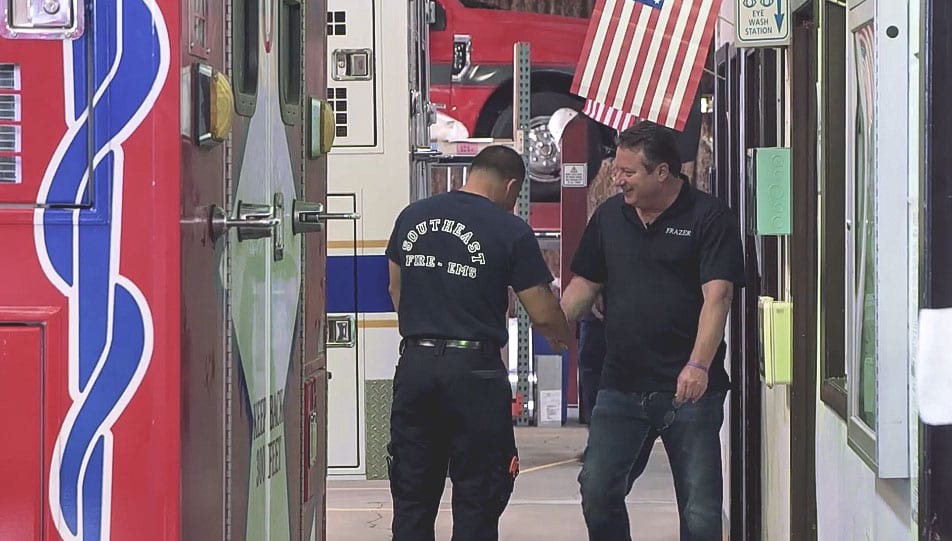
When one of your fleet vehicles goes down and is placed out of service, the costs can be tremendous. These unplanned losses can cause logistical challenges and increased stress for EMS providers, leadership, and the community.
Some EMS agencies determine fleet size based on their peak staffing needs plus additional resources for surges in call volume, special events, and scheduled and unscheduled maintenance. The additional units can vary from 140% to 200% of typical peak demand depending on multiple factors including the community risk profile, availability of service, seasonal variations, surge history, availability of mutual aid, types and frequency of special events and geographical deployment. Agencies that don’t carry additional resources find themselves in a situation of diminishing returns, where scheduled maintenance is skipped due to the lack of a backup, then much more expensive issues crop up.
Choosing a vendor that uses modular components that are replaced quickly is a great way to keep your vehicles out of the shop and reduce the number of reserve units you will need.
4. Chassis Wear & Tear
If you have an ambulance that relies on its chassis batteries and alternator to power the patient compartment, your unit may be gone before its time. The more wear and tear you place on your chassis, the sooner it will need to be replaced.
Choosing an ambulance that features an independent power source extends the life of your chassis considerably. With an independent power source, the chassis does not need to work overtime powering the patient module and can focus on doing what it does best… getting your crew on-scene fast.

5. Remounting
One of the most expensive aspects of fleet management happens when it comes time to replace one of your vehicles. Whether a unit has been in a wreck, or has simply reached the end of its life cycle, the process of replacing one of your ambulances can be quite overwhelming.
EMS agencies that are interested in saving money have the option of remounting their units. Some feel that their money is better spent on chassis upgrades and much-needed unit enhancements rather than replacing a perfectly good box.
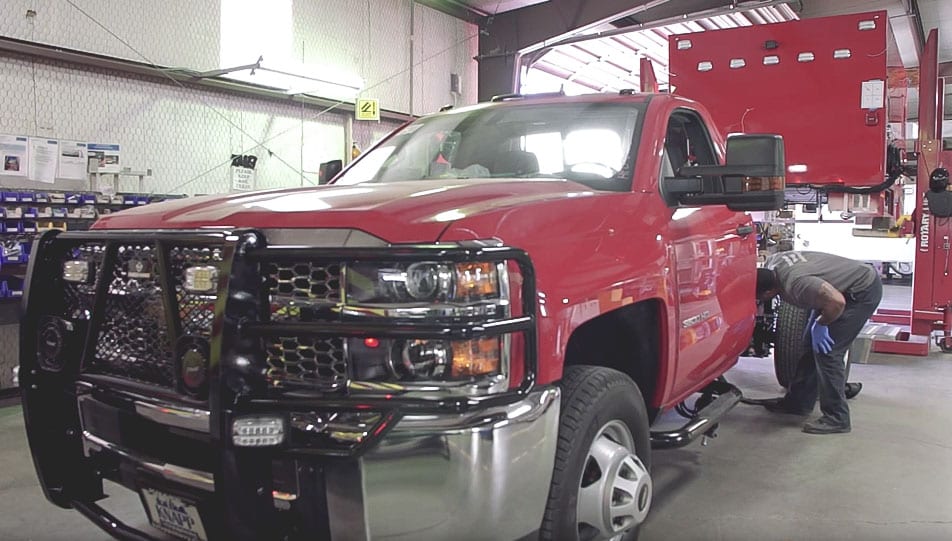
If you are interested in the benefits that remounting provides, then partnering with a builder that designs modular units that can be remounted easily is a great idea.
Finding a builder that also offers a lifetime warranty on structural integrity will ensure that your box will be with you for many years.
6. Structural Integrity
Ambulance builds have changed a lot over the years. Of course, you want to ensure that your vehicles are built with only modern materials.
Choosing a builder that uses only the strongest aluminum construction will lengthen the life of your vehicle.

Be careful, though… There are builders out there that will sneak wood products into their construction because they believe it saves them money. Are they passing those savings onto you?
7. Employee Health & Safety
One thing you should never cut corners on is safety.
With recent changes in safety requirements, several EMS agencies are now dealing with an increase in equipment costs. Outfitting ambulances with equipment that meets these new standards has proven to be a challenge.
Crash-tested equipment mounting solutions like Technimount, cot fastener systems, and safety harnesses may seem like a large upfront cost, but investing in them will help to keep your crew and patients safer.
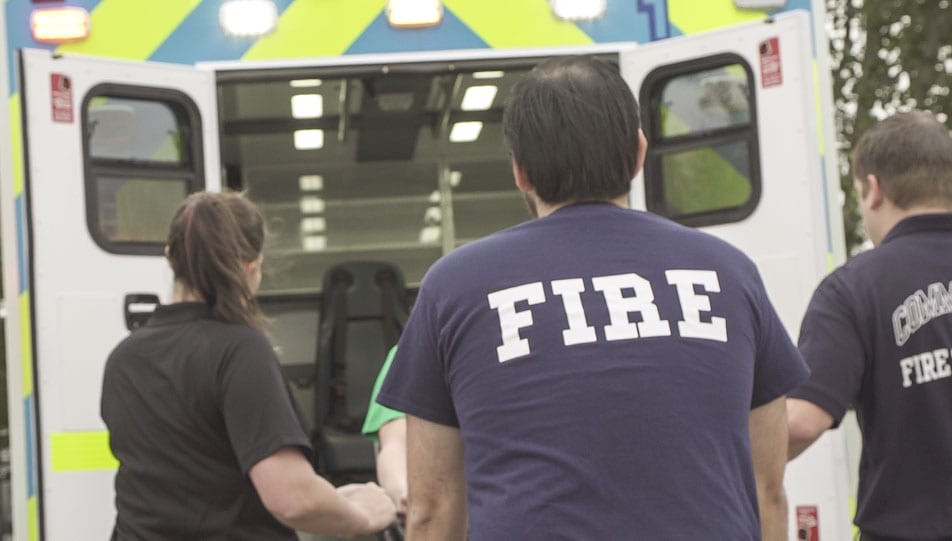
The best return on investment you can see in fleet management is the health and safety of your patients and crew members.
Save more money on your next ambulance purchase…
Want to save the most money the next time you add vehicles to your fleet? We’ve created a Pricing Checklist that guides you through the process.
Additional Money Saving Resources
Here are some helpful links that could save you even more money when searching for a custom emergency vehicle builder.
Financing Options for Fleet Managers
Lower Overall Cost of Ownership
EMS Buyers Guide

